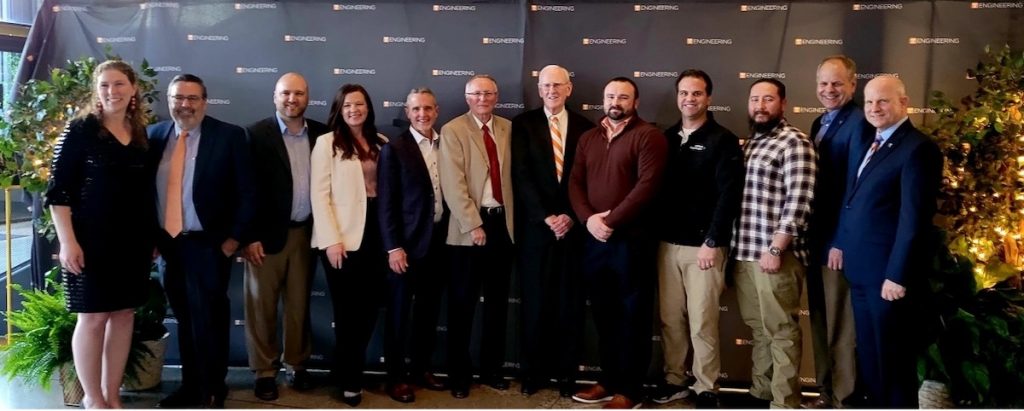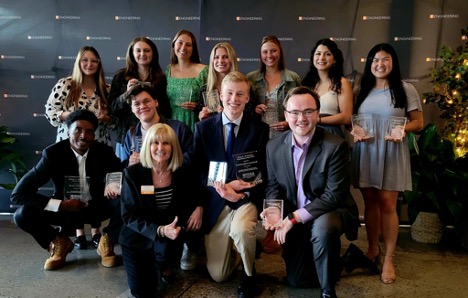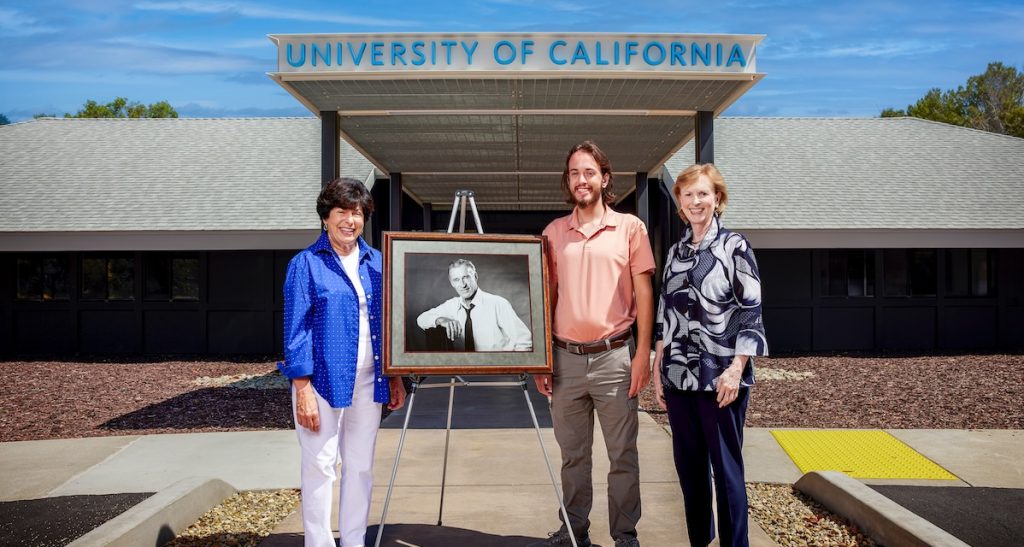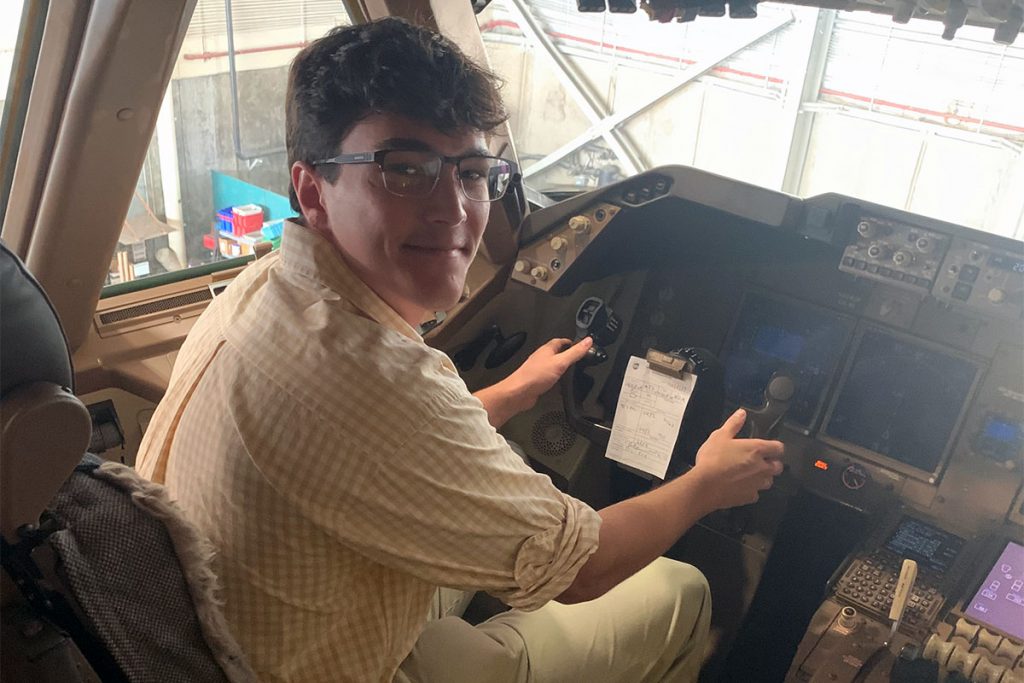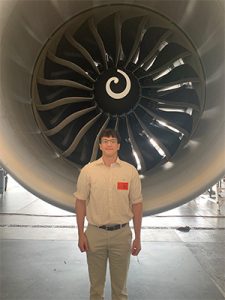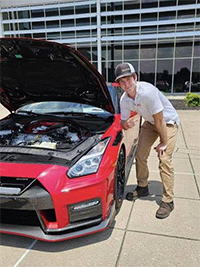Chemical engineering major and business administration minor Autumn Cox completed an internship with Malibu Boats during the year of 2022.
My name is Autumn Cox, and I am a senior majoring in chemical engineering with a minor in business administration. During the full year of 2022, I worked at Malibu Boats as a process engineering intern. This year-long experience provided opportunities for larger projects and more in-depth learning as compared to a summer internship. I was involved in many different projects such as resin studies, time and labor studies, fiberglass pattern design, process modifications and documentation, design storage solutions, etc.
My two favorite parts of my experience at Malibu was resin testing and the research and development of new boat models. Resin testing at Malibu involved plant studies during production and lab studies. The purpose of these tests were to confirm current resin and catalyst combinations or to investigate new resin and catalyst combinations that met certain requirements. Resin testing was a lot of fun because I simply enjoy being in a lab setting and analyzing data. The research and development portion of my job involved resin studies, labor time studies, process documentation, and fiberglass cut programs. This is when I worked the most with other engineers because there were many engineering teams involved in the development of a new boat model. I was also responsible for documenting any of their requested process changes on the lamination side. Research and development was one of my favorite activities because it required a great understanding of all of the processes, and I was able to make decisions/process changes based upon my judgment and experience. Furthermore, the research and development time of a new boat model was when I would prepare the operators for any big or unique changes that they weren’t used to doing.
From my experience, I learned a ton, developed numerous skills, worked in a bunch of different areas, and overall had a great experience. I spent the majority of my time in lamination but was involved in many areas of the plant. The skills I developed include people skills, professionalism skills, data collection and analytics, and the learning of various programs. I’m incredibly thankful for my experience, and I can’t wait to use it to further my education and career.

